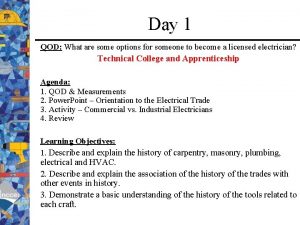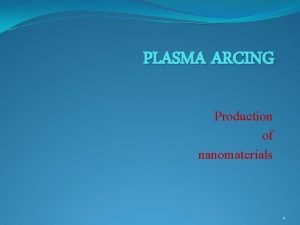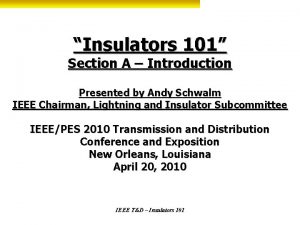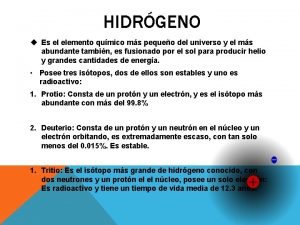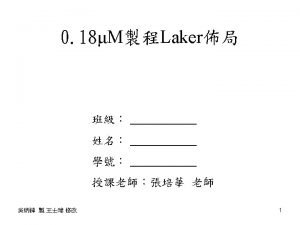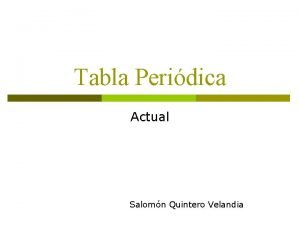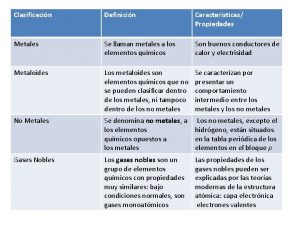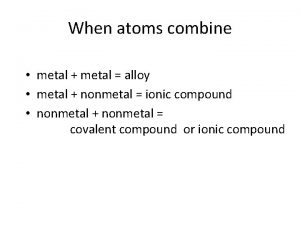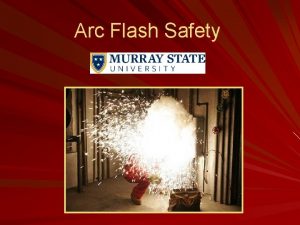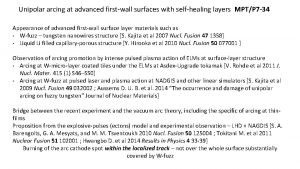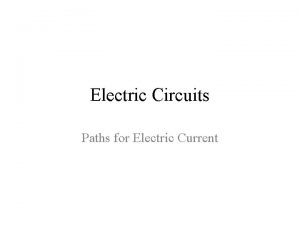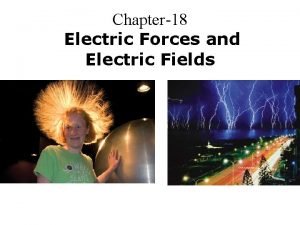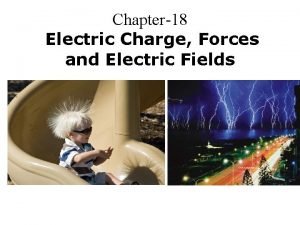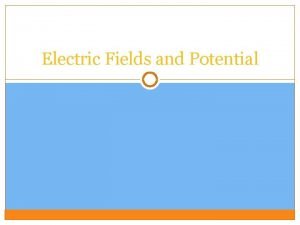14 Arcing Electric sparks produced when metal is



















- Slides: 19

14. Arcing • Electric sparks produced when metal is used in a microwave, often times resulting in oven damage or fire

What not to microwave https: //www. youtube. com/watch? v=x Ba. Xp. SUiry 4

Microwave Cooking

How it Works Electromagnetic wave emitted by a magnetron tube and set in motion by a fan or turn table Some areas get more microwaves, resulting in uneven cooking—rotating helps cook evenly Microwaves are attracted to water, fat, and sugar molecules causing them to vibrate and heat

Microwave Emission Waves are emitted from an opening in the metal case. Waves are then reflected off the sides and penetrate food in the process.

Safety Features Seal around door Door Safety Switch/Short Circuit Safety Switch (turns off when you open the door) Do not attempt to use if the door does not seal properly, is bent, or hinges or latches are broken!

Materials/Dishes Best to use glassware, paper, or plastic dishes Plastic and paper are good for reheating, but not for prolonged cooking. They cannot withstand high temperatures. Avoid wax coated materials, delicate glass and anything containing metal

Be careful Make sure steam can escape or have room to build up

Why do we rotate food in the microwave? Marshmallow activity Get into your lab groups ◦ Grab 5 marshmallows and place them on paper towels in an even arrangement: ◦ Cook 25 -30 seconds (REMOVE TURNTABLE) ◦ Carefully remove from microwave and cool ◦ Observe: size, color, texture

Shapes and Places Foods cook around the perimeter edges first. Position heavier/denser portions on the outside. (Cooks only the outside 1 -1 ½ inches) Centers should be left empty, except when cooking 1 item. Use a glass or bowl to keep the center open

Positions At least 1” apart 2 items 4 items 3 items 5 or more items

Shapes and Places Rotate dish(es) ¼- ½ once or twice during cooking Round shapes cook more evenly— corners have more energy passed through them and may overcook High/tall foods close to the top also receive more energy

Cooking/Reheating • Defrost and various power levels indicate the auto shutoffs at certain intervals • Stirring while cooking prevents uneven cooking • Cooking times will differ for every appliance as well as volume of food, size, and cooking utensil

Food continues to cook after removed. Recipes allow for “standing time”-food continued to cook after removed from heat to the correct degree. Cover while microwaving is similar to steaming- tenderize food and shorten cooking time Shield some portions that are particularly sensitive to overcooking. Small amounts of foil can be used

Benefits Time Savings-cook 3 -4 times faster than ovens Energy Savings—Used up to 14% electricity of conventional oven and less power for a shorter period of time No preheating Auto-turn off Quick and easy cleanup

Cons to using a microwave? Don’t cook evenly May cause weird texture Cannot brown or crisp “warming over flavor”

Browning Foods cooked in a microwave often can’t brown/crisp. Additional ingredients can be used to create a browning effect: Teriyaki/soy sauce BBQ Sauce Melted Butter Bread crumbs Shredded Cheese Brown Sugar Nuts Jellies, Preserves, and Glazes

10 things you didn’t know your microwave could do! https: //www. youtube. com/watch? v=S Wd. Ve. P-2 -wk

Microwave ideas
 By discharging electric sparks into a laboratory
By discharging electric sparks into a laboratory Why must an arcing device be contained
Why must an arcing device be contained Plasma arcing method
Plasma arcing method Arcing in swathes meaning
Arcing in swathes meaning Ncis
Ncis Metal and non metal elements in periodic table
Metal and non metal elements in periodic table Metalloids
Metalloids Difference between metal oxides and non metal oxides
Difference between metal oxides and non metal oxides When a metal reacts with a nonmetal the metal will
When a metal reacts with a nonmetal the metal will Venn diagram states of matter
Venn diagram states of matter Hidrgeno
Hidrgeno Nwell
Nwell P
P Properties of metals nonmetals and metalloids
Properties of metals nonmetals and metalloids Metal and nonmetal
Metal and nonmetal Clasificacion del oxigeno
Clasificacion del oxigeno Chemical bond def
Chemical bond def Dp periodic table
Dp periodic table Chapter 21 electric charge and electric field
Chapter 21 electric charge and electric field Electric charges and electric forces lesson outline
Electric charges and electric forces lesson outline

